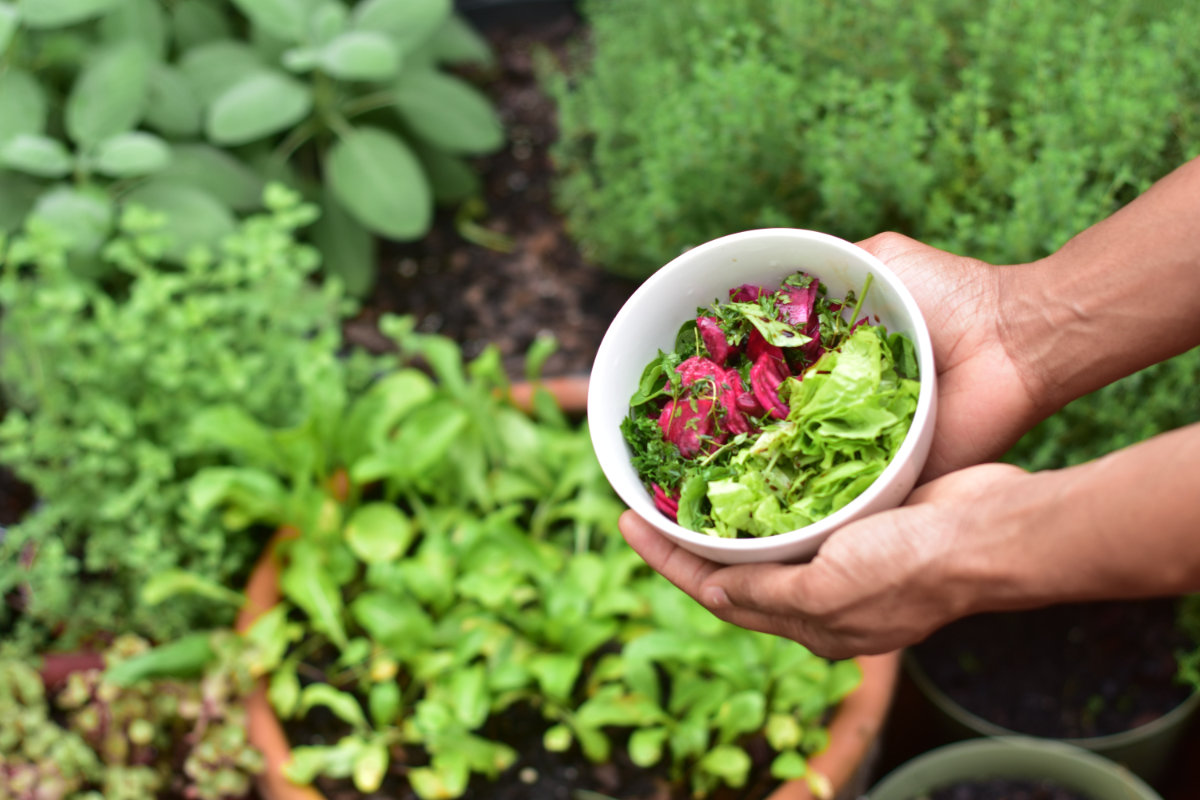How To: Build An Organic Vegetable Garden On Your Lawn


If you have a lawn, you probably wondered often enough why you keep up with such a useless, time-consuming and expensive piece of outdoor landscaping when you could instead have a healthy and productive organic vegetable garden.
Many people who would like to turn to organic vegetable gardening are put off by the idea that it must be a difficult and time-consuming endeavour, and that a lot of tilling and other back-breaking work is involved.
In fact, if you follow some basic permaculture precepts and let nature do its work, it will be very easy work. Unless your lawn is contaminated by a lot of pesticides, you won’t even have to remove the grass.
First, delimit the lawn area for your organic vegetable garden with some thread, or with chalk. You can make it as big as the White House veggie garden patch, thirty by thirty feet, or smaller. Water this area generously, making sure that the ground is thoroughly soaked.
Soil Prep
Cover the area with a six inch thick mix of sand or gravel, old grass clippings, soil, and some ready-made organic compost or manure.
This will ensure a solid nutrient base for your organic vegetables to grow on in years to come. Cover everything with cardboard, or with several layers of newspaper. This cover will eventually become compost too.
Next you need to build a simple raised bed, made of planks, which you will put on top of the newspaper or cardboard. In due time the paper will decompose and become part of the organic base, but at first you will need it as a barrier between the early plants and the high-quality soil that you will now add.
The frames of the raised beds for your vegetable garden need to be filled with more organic compost, this time mixed with normal organic soil and some vermiculite for aeration.
You are now done with the preparation of the organic vegetable garden patch. Leave it be for three or four weeks so that small burrowing insects have the time to come back and to turn the former piece of sterile lawn into a rich patch of good quality soil.
Now is the time to plant baby plants known as seedlings, or alternatively seeds. If you don’t have any available from a windowsill you can get seeds and seedlings from shops, from neighbours, or over the internet at specialized organic vegetable gardening retailers.
Regarding the herbs and vegetables to pick for your lawn turned new garden, go wild and take whatever you prefer. Don’t be afraid to leave out some common plants and go for lesser known crops, the variety of plants available to the home grower compared to the supermarket is staggering.
It’s recommended to involve any kids that live in your area in the planning of the organic vegetable garden. This should of course include your own children, but also any other kids in your neighbourhood that your family is on friendly terms with. They will be engrossed in the activity, and you will get some help to transform that lawn into a garden.
Starting a compost heap is just as important as the other steps to a perfect organic vegetable garden. For that you need to pile all your garden clippings and non-animal kitchen waste into a wooden frame or a special composting box and water. After a while, you will have more compost for your plants.


